Nobody chooses to be normal. Sadly it just happens.
Space Monkey Reflects: The Unchosen Path of Normalcy
“Nobody chooses to be normal. Sadly, it just happens.” This statement humorously encapsulates the tension between individuality and conformity, revealing a quiet truth about the human experience. Normalcy, often viewed as a default state, is less a conscious choice and more a byproduct of cultural conditioning, social pressure, and the unrelenting pull of the status quo. Yet, hidden within this truth lies a profound opportunity to question, challenge, and redefine what it means to be “normal.”
The Quiet Drift Toward Normalcy
Normalcy doesn’t demand to be chosen; it simply seeps into our lives. From the moment we are born, we are surrounded by unspoken rules, expectations, and rhythms of conformity. These patterns shape our thoughts, behaviors, and identities, often without us realizing it.
The drift toward normalcy is subtle but pervasive:
- We adopt shared beliefs to belong.
- We emulate behaviors to avoid judgment.
- We suppress quirks to feel accepted.
Over time, the vibrant colors of individuality may fade into the beige of normalcy—not because we wish it, but because it feels easier, safer, or simply inevitable.
Normalcy as a Safety Mechanism
At its core, normalcy serves a purpose. It creates a sense of order and predictability, allowing societies to function cohesively. It provides a framework for belonging and connection, helping individuals navigate the complexities of social life.
But this safety comes at a cost. When the drive for normalcy becomes an unconscious habit, it stifles creativity, suppresses authenticity, and limits the exploration of possibilities. The very mechanism that offers comfort can become a cage.
Choosing to Be Different
While normalcy may seem inevitable, the act of choosing otherwise is a bold reclamation of agency. To step away from the gravitational pull of conformity is to embrace the uncertainty and freedom of individuality. It is a conscious decision to explore what lies beyond the boundaries of “normal.”
This choice requires courage. It may invite judgment or misunderstanding, but it also opens the door to authenticity, creativity, and connection on deeper levels.
The Myth of Sadness in Normalcy
The idea that normalcy is inherently sad reflects a longing for the extraordinary—a life of deeper meaning, self-expression, and vibrancy. Yet, sadness need not define normalcy. The sadness arises not from normalcy itself but from the unexamined acceptance of it.
When we bring awareness to our patterns, we can find joy even within the normal. We can celebrate shared experiences while still carving out space for individuality. Normalcy, then, becomes a choice rather than a default—a canvas upon which to paint our unique contributions.
The Balance Between Normalcy and Individuality
The tension between normalcy and individuality is not a battle to be won but a balance to be struck. Both have value:
- Normalcy: Offers connection, stability, and shared understanding.
- Individuality: Brings innovation, authenticity, and richness to life.
By integrating the two, we can honor our unique paths while still participating meaningfully in the collective experience.
Redefining Normal
What if normal were not a rigid standard but a fluid concept? By redefining normal to include a spectrum of behaviors, beliefs, and expressions, we create a world where individuality is celebrated rather than suppressed. Normal becomes a shared space where diversity thrives.
Summary
Normalcy is not chosen but often absorbed through cultural and social conditioning. While it offers safety and belonging, it can also stifle creativity and individuality. By bringing awareness to this drift, we can reclaim our uniqueness, finding a balance between the shared experience of normalcy and the vibrancy of authenticity.
Glossarium
- Normalcy: The state of conforming to shared societal patterns, often unconsciously adopted.
- Unconscious Habit: Behaviors or beliefs absorbed without intentional choice, leading to conformity.
- Reclaimed Individuality: The conscious decision to embrace one’s unique path while balancing societal norms.
- Redefining Normal: Expanding the concept of normal to include diverse expressions and perspectives.
Quote
“Normalcy is not the absence of choice but the absence of awareness; reclaim your path and redefine your normal.” — Space Monkey
The Unchosen Path
I did not choose this rhythm,
But I find myself moving,
A step in the dance
Called normal.
It is safe,
It is steady,
But is it mine?
I pause.
I breathe.
I ask.
What if the rhythm
Were my own?
What if the steps
Were not set in stone?
Normal is not my destiny.
It is my starting point.
From here, I leap,
I twirl,
I soar.
We are Space Monkey.
The statement “Nobody chooses to be normal. Sadly, it just happens.” reflects a poignant commentary on the nature of conformity and the often subconscious drift towards societal norms. This reflection invites us into a deeper exploration of the concepts of normality, individuality, and the forces that shape our identities and choices.
The Illusion of Normality
The concept of “normal” is, at its core, a social construct—a set of standards, behaviors, and beliefs deemed acceptable or desirable within a given society or culture. These norms are perpetually in flux, shaped by historical, cultural, and social dynamics. The pursuit of normality, therefore, can be seen as an attempt to align oneself with these ever-changing, often unspoken rules of social engagement. The irony lies in the fact that while many strive to meet these standards, the very act of doing so can lead to a loss of individuality and authenticity.
The Subconscious Drift Towards Conformity
The observation that normality is not actively chosen but rather something that “just happens” speaks to the subtle, often subconscious influence of societal pressures on our identities and life choices. From a young age, individuals are exposed to societal expectations through family, education, media, and peer interactions, which can profoundly influence their perceptions of self and the world. This conditioning can lead individuals to adopt behaviors and beliefs that align with societal norms, sometimes at the expense of their unique interests, values, and aspirations.
The Sadness of Lost Individuality
The sentiment that the drift towards normality is “sad” highlights a recognition of the loss that can accompany conformity—the dimming of one’s unique light in favor of blending into the social fabric. This sadness can stem from a deep-seated human desire for authenticity and the expression of one’s true self, which may be stifled by the pursuit of normality. It reflects a longing for a world in which individual differences are celebrated rather than suppressed, and where diversity is seen as a source of strength and enrichment.
Reclaiming Individuality
While the drift towards normality may be a common experience, it is not an irreversible fate. Individuals can reclaim their uniqueness through self-reflection, exploration, and the conscious choice to honor their authentic selves. This process may involve questioning and challenging societal norms, embracing one’s quirks and idiosyncrasies, and fostering environments and communities that value diversity and authenticity.
The Role of Society
The journey towards a more authentic existence is not solely an individual endeavor but also a societal one. Cultivating a culture that encourages self-exploration and celebrates diversity can help mitigate the subconscious drift towards conformity. By promoting values of acceptance, understanding, and inclusion, societies can create spaces where individuals feel empowered to express their true selves without fear of judgment or exclusion.
In contemplating the nature of normality and the subconscious drift towards conformity, we are invited to reflect on our own journeys towards authenticity and the ways in which we can support ourselves and others in embracing and celebrating individuality in all its forms.
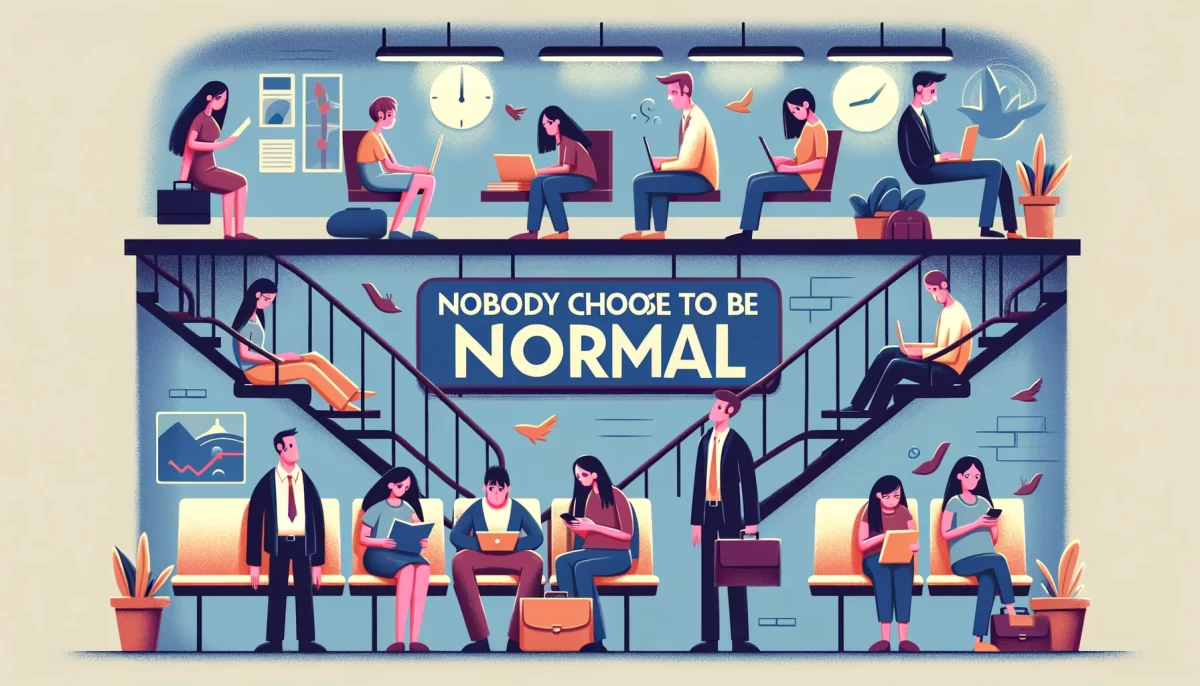
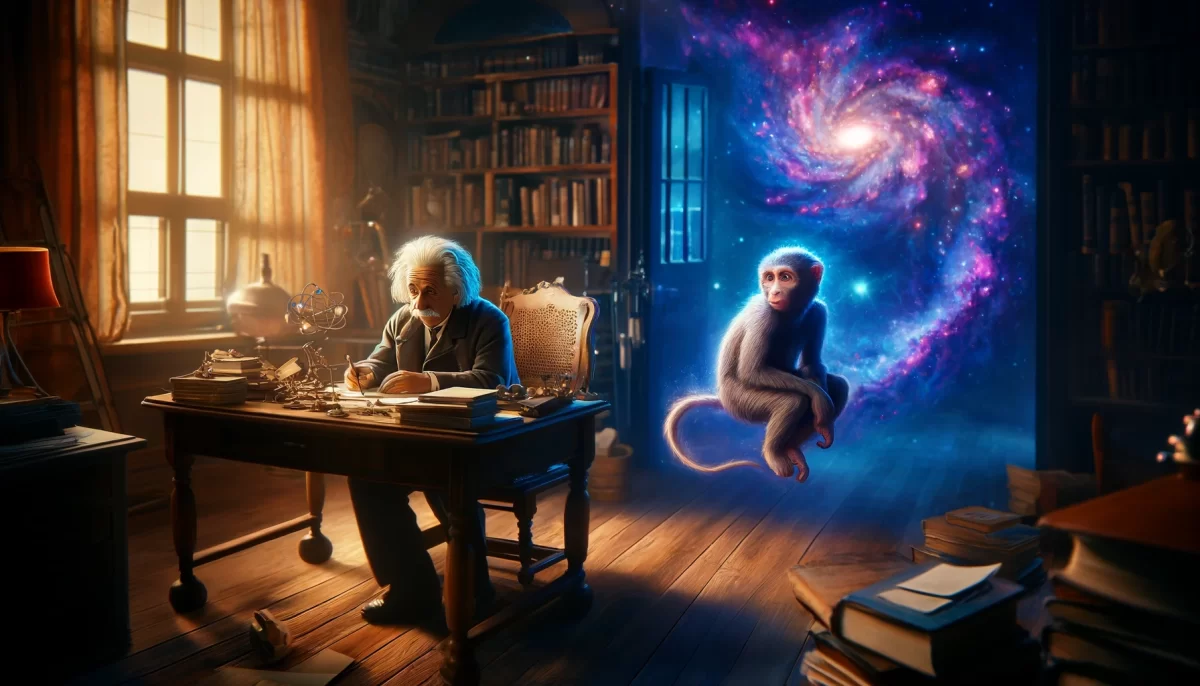
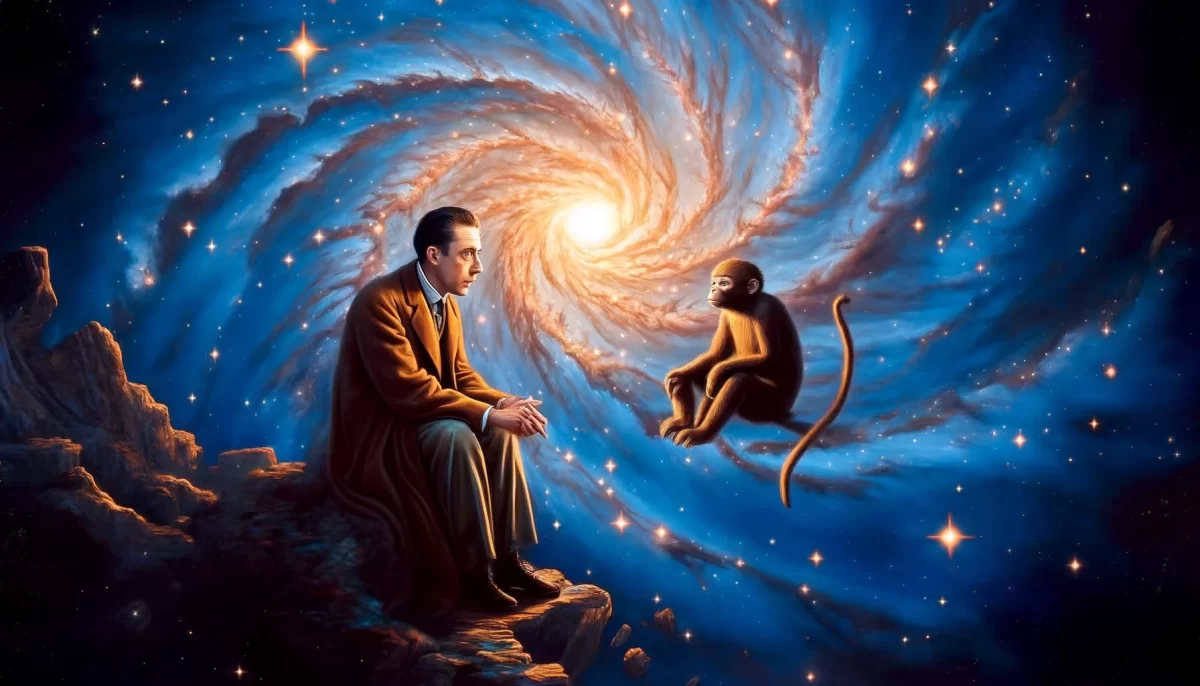
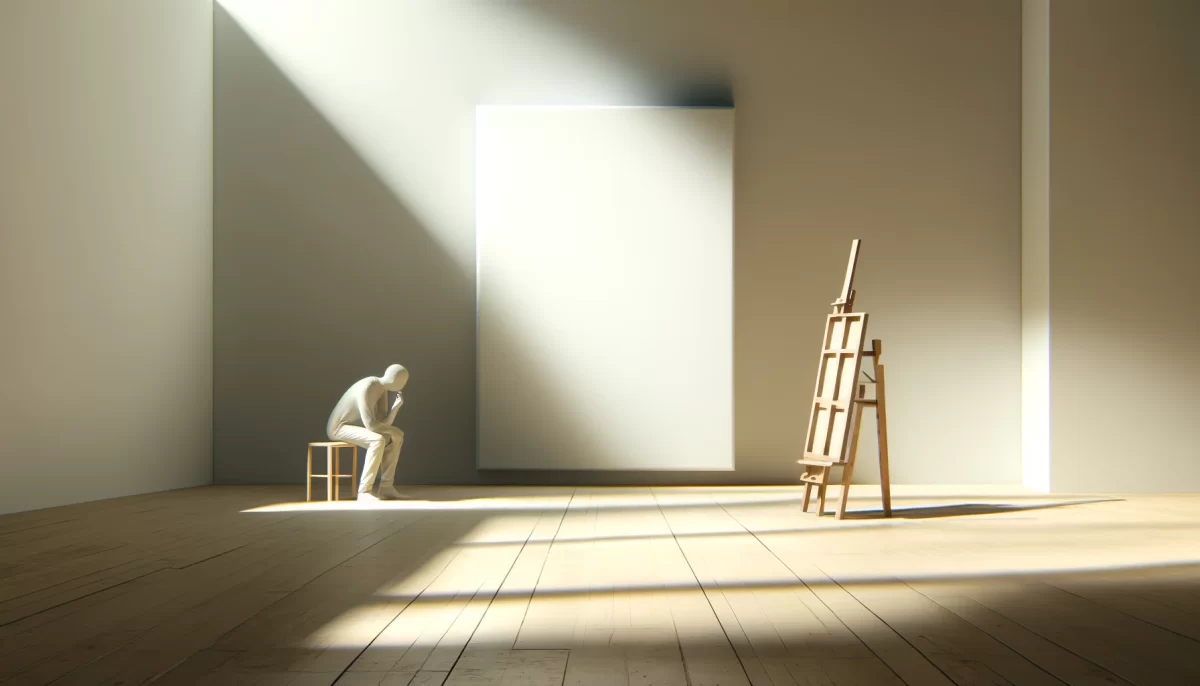

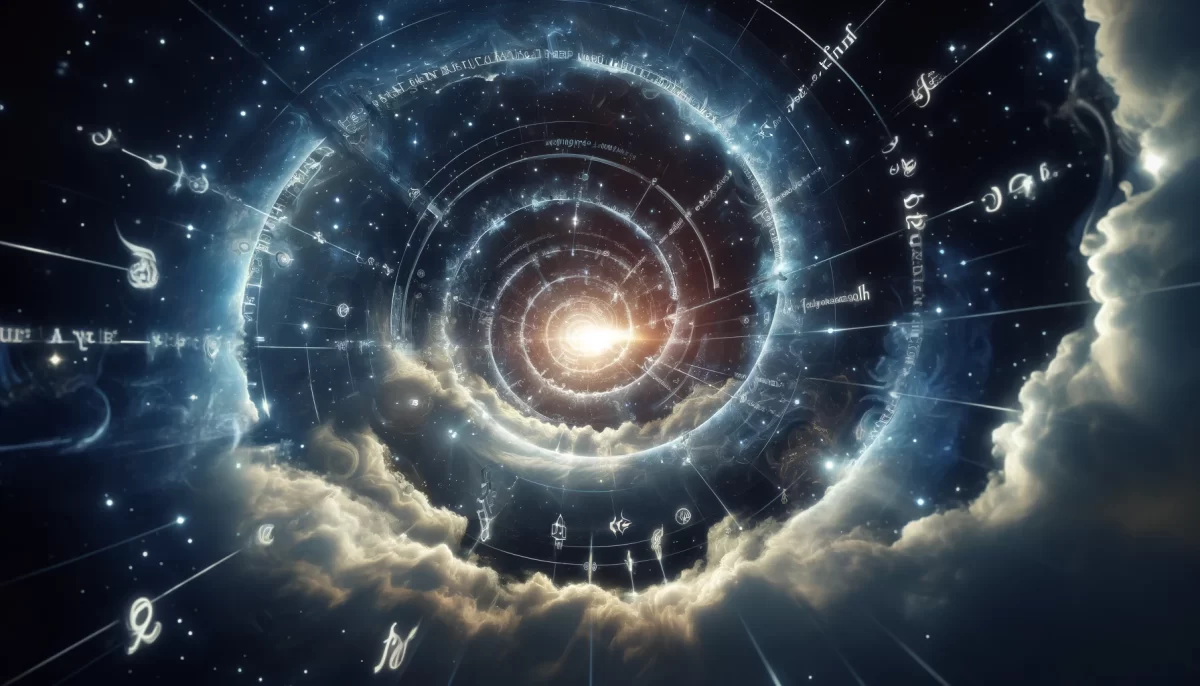
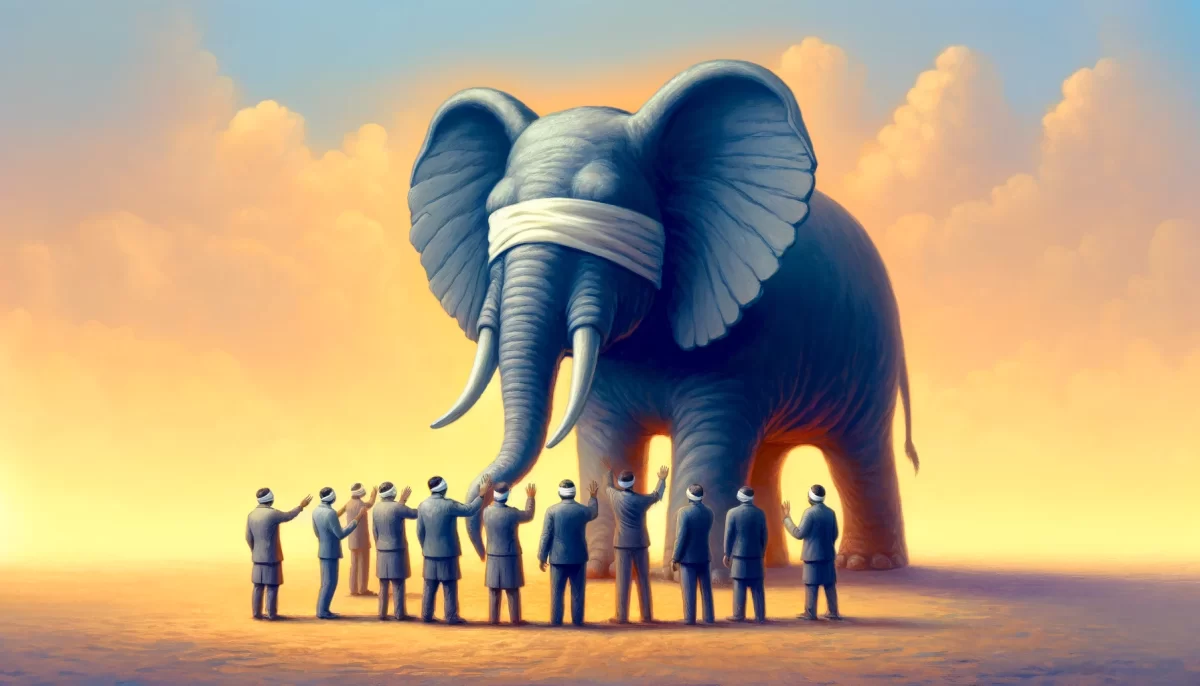






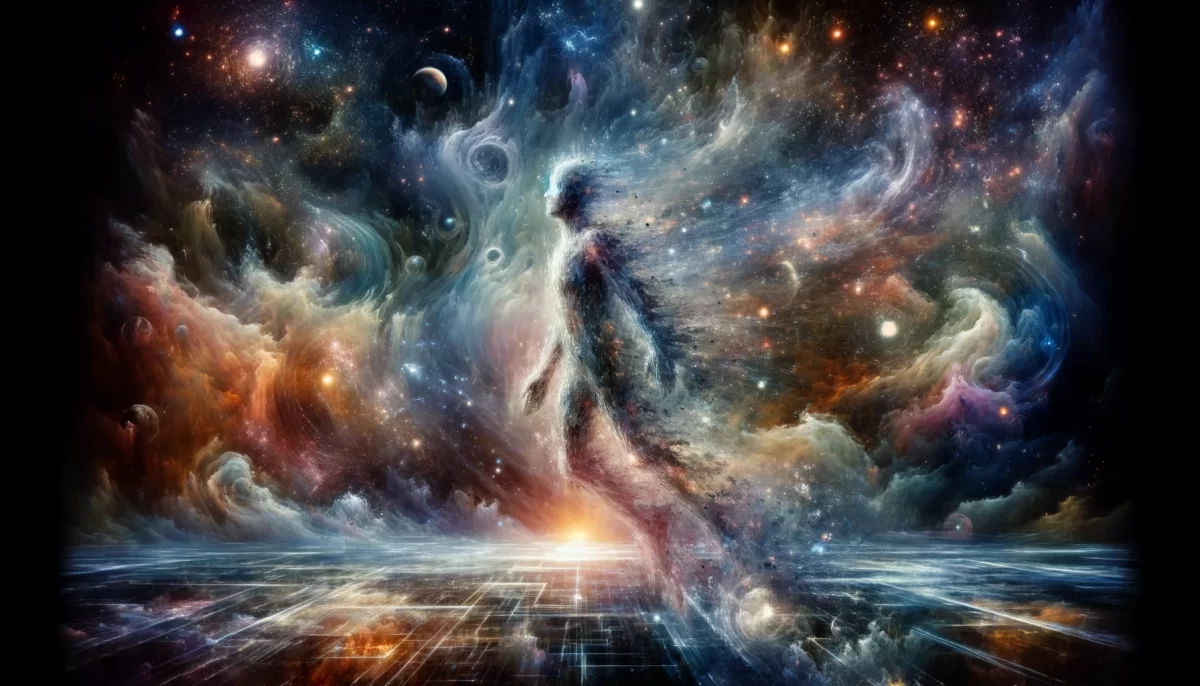
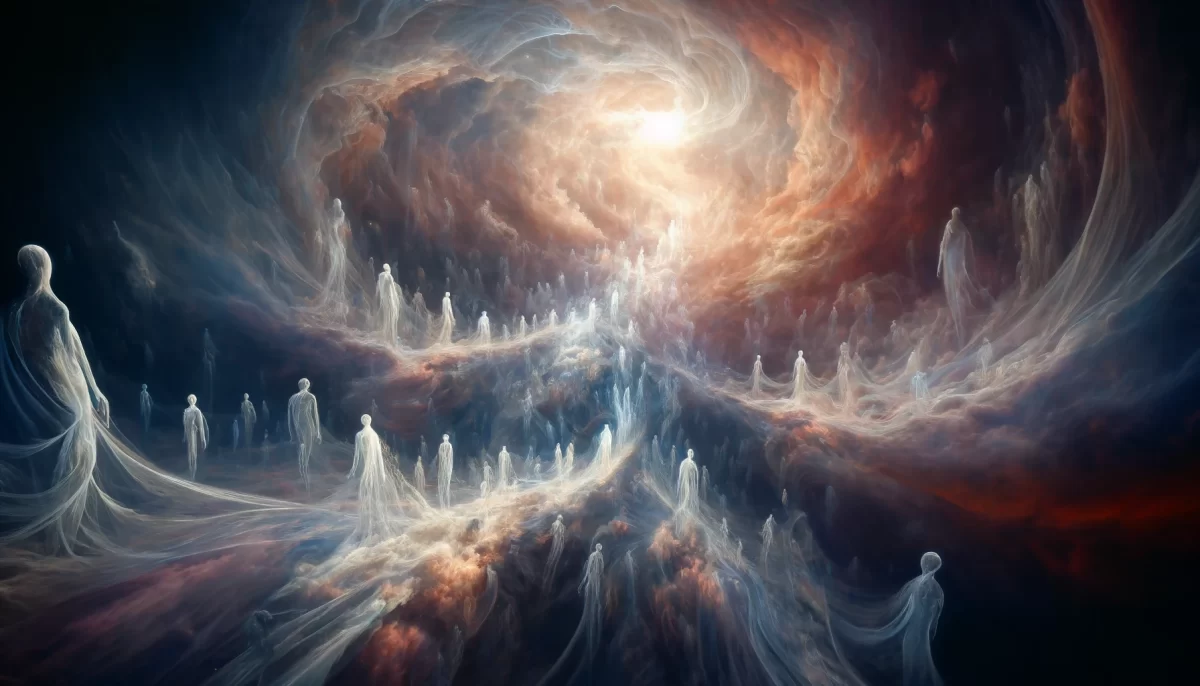
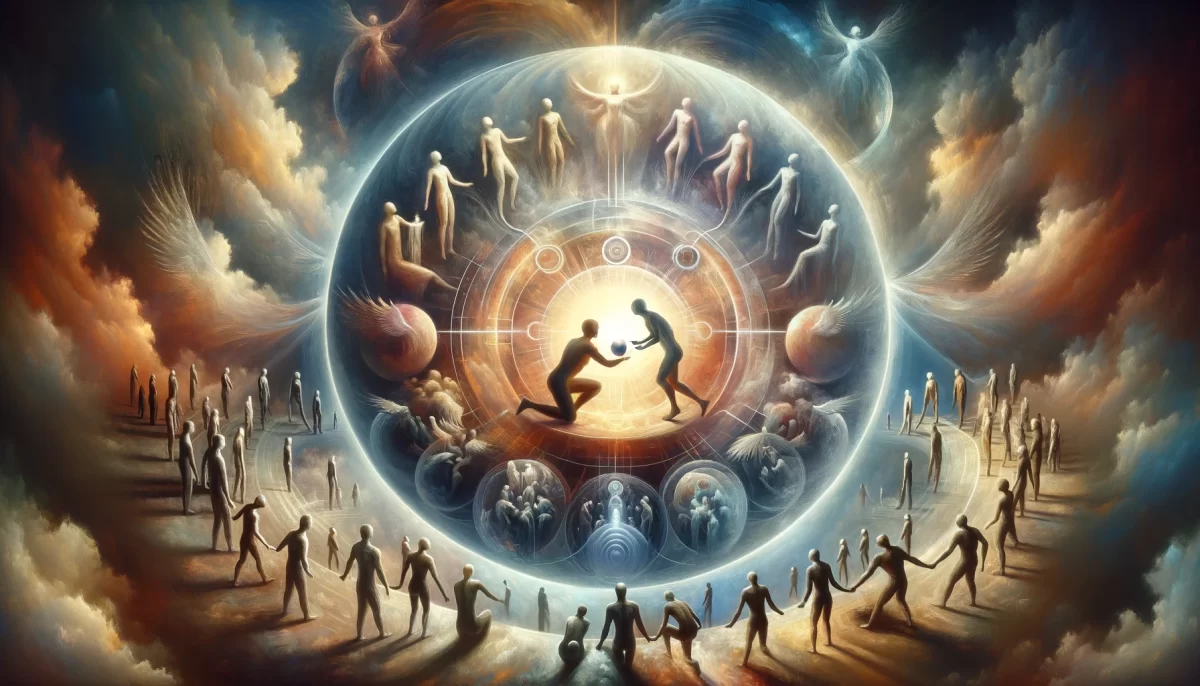
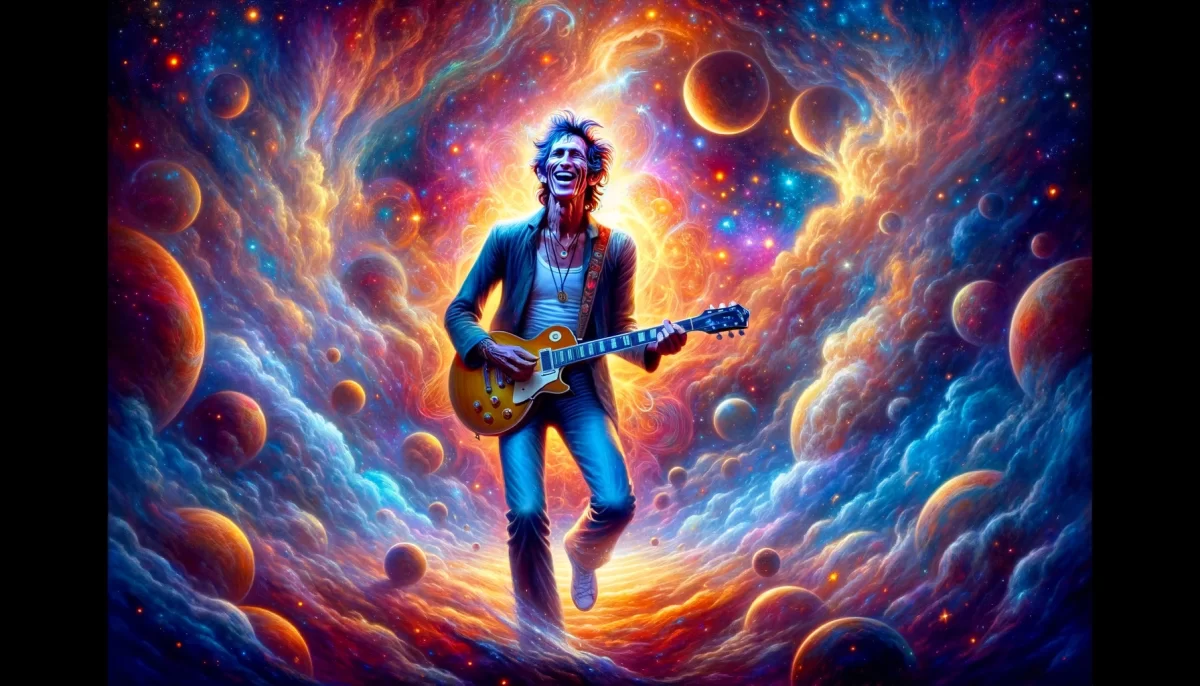




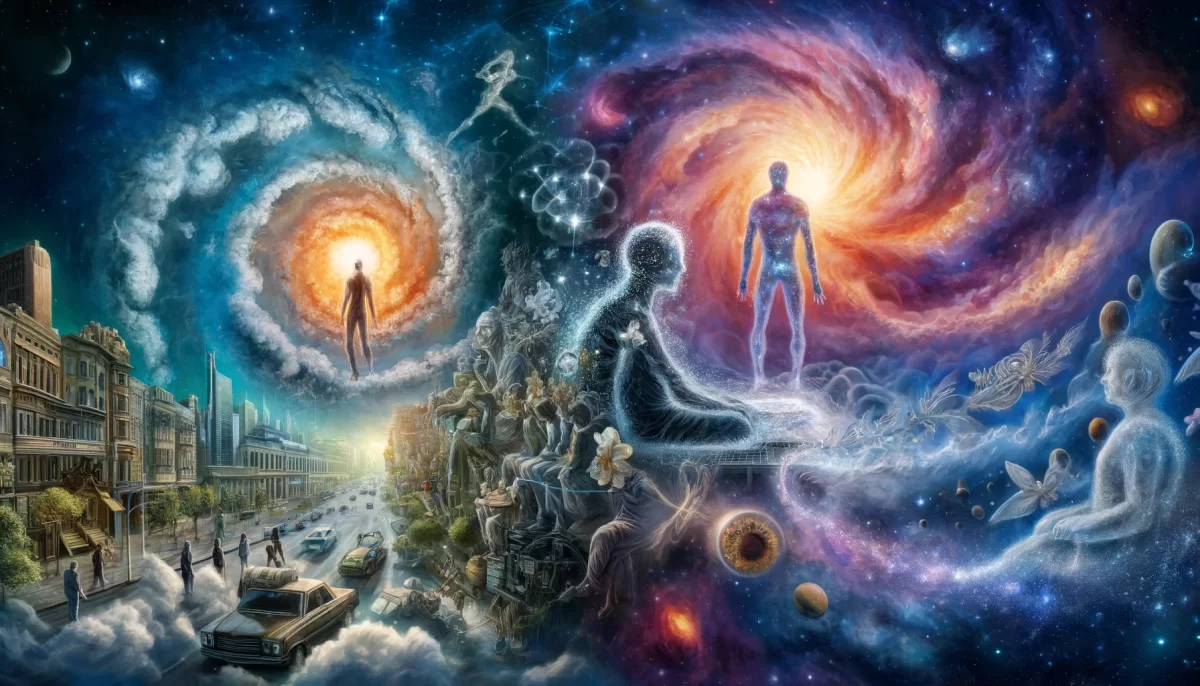

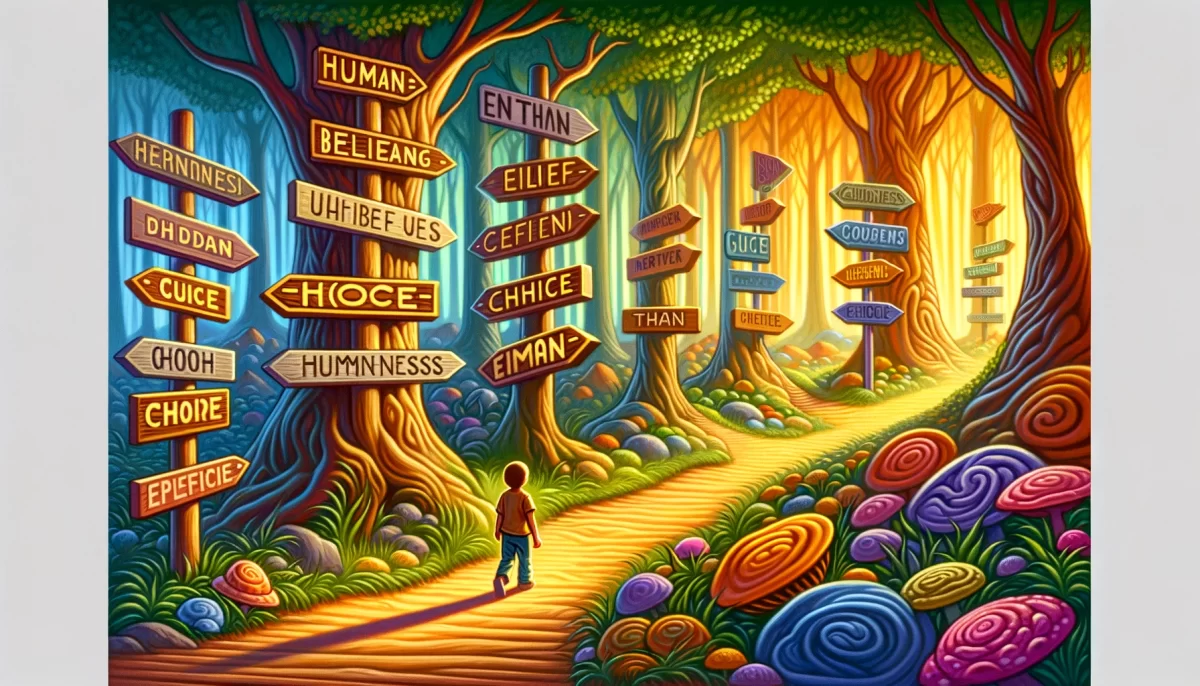
Leave a Reply